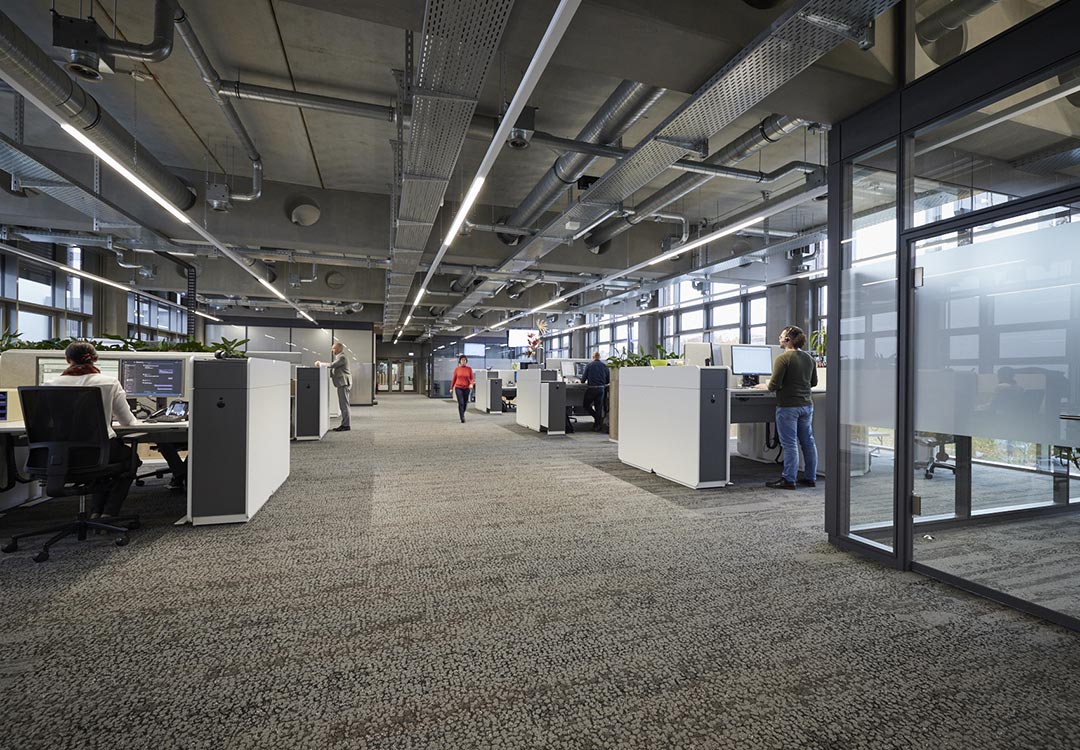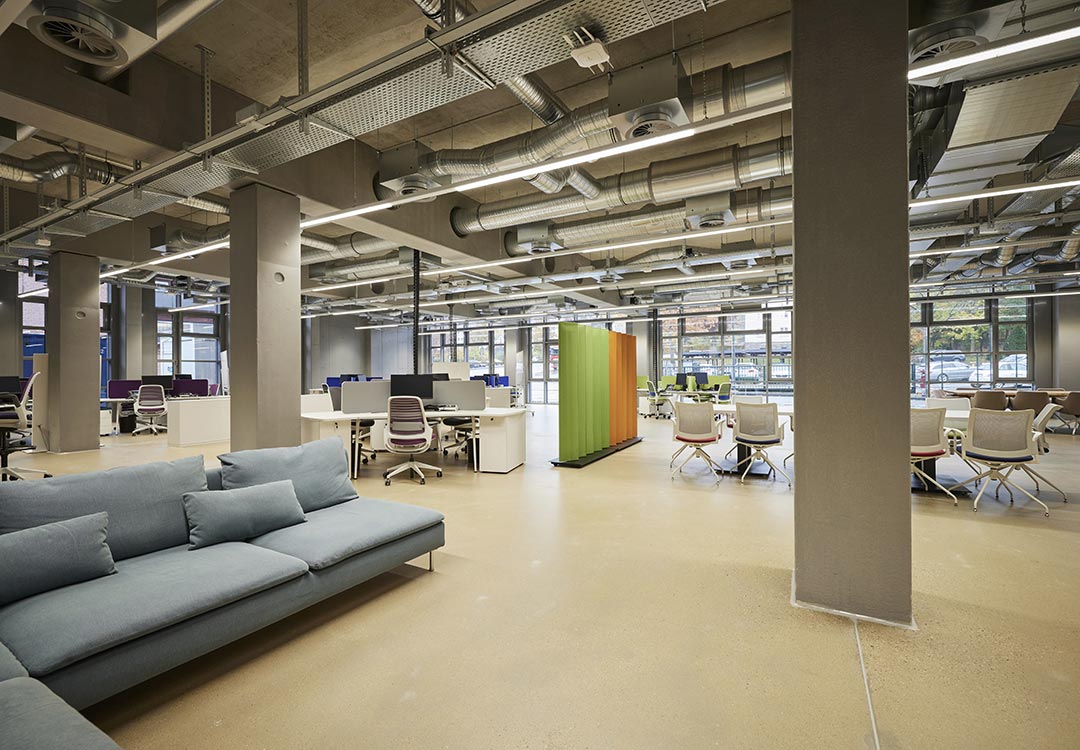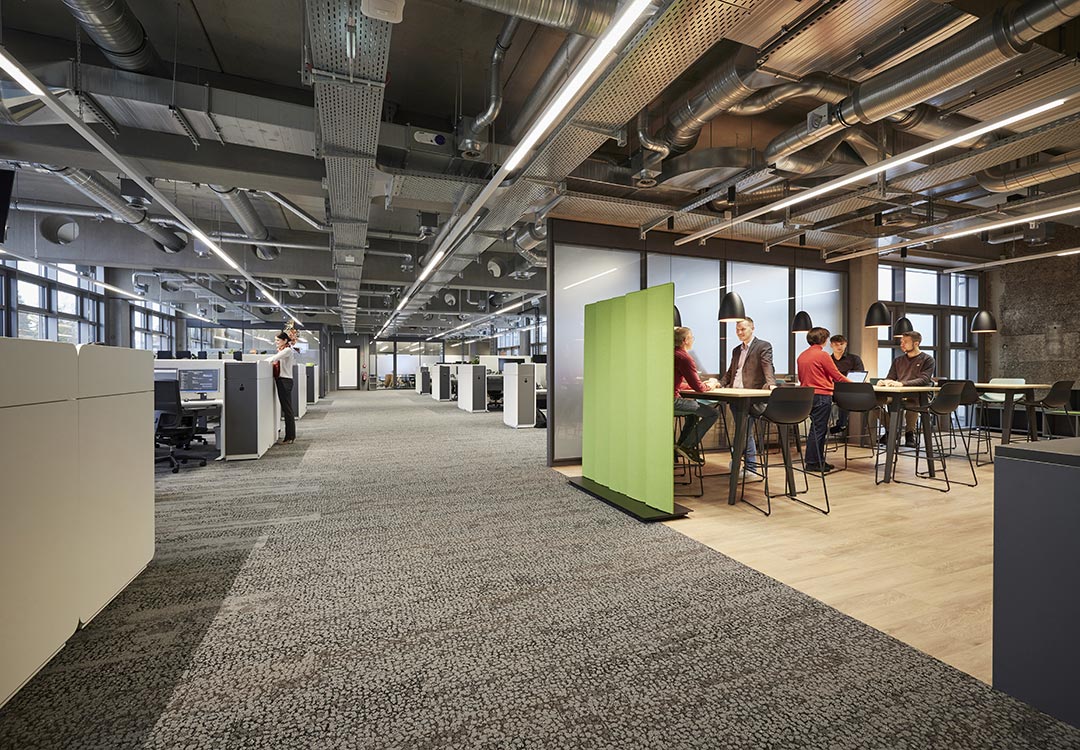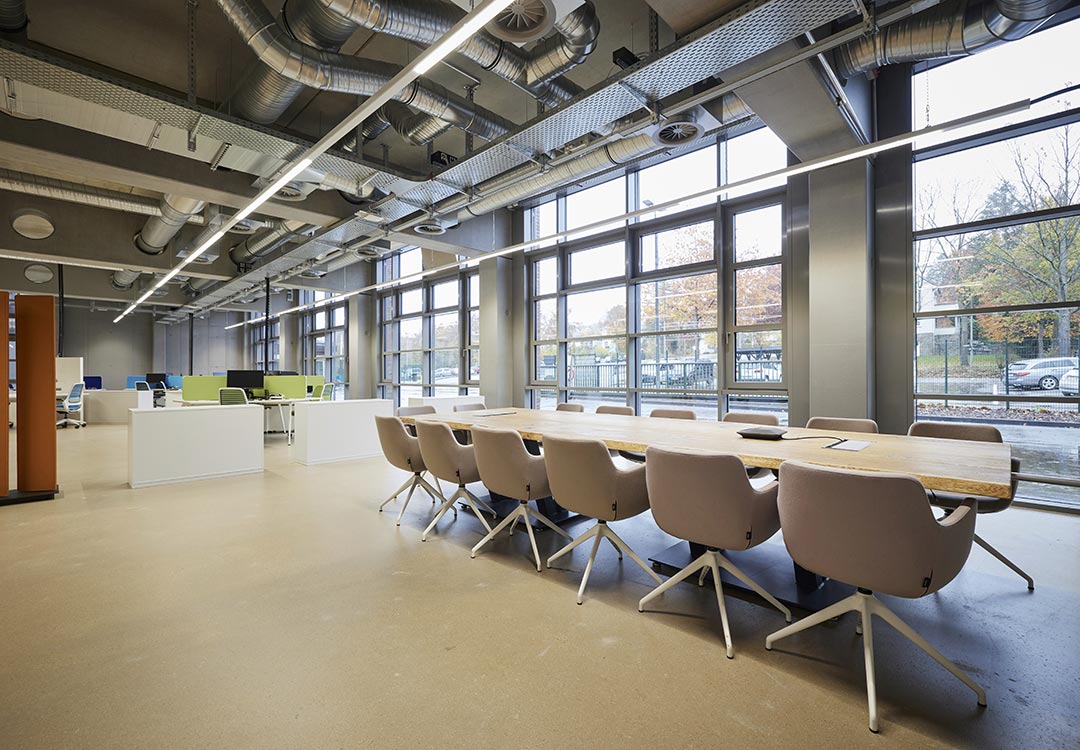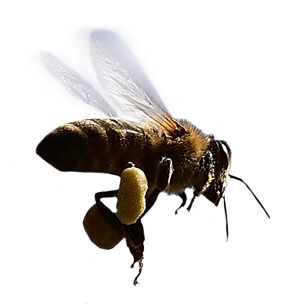ENERGY CONSUMPTION
100 percent green electricity
%
Green electricity
%
Own electricity
%
Natural gas
%
Diesel
%
Petrol
Self-generated power
kWh in 2021
Evidence of active environmental and energy management
For BPW, protecting the environment has long been a matter of course. In all its corporate activities, BPW implements optimisations that benefit the climate. Environmental and energy management are regarded as important obligatory tasks of corporate management.
Those who actively save energy thus protect the environment and are committed to preventing climate change. BPW constantly sets itself new, clear goals and strives to achieve them in a binding manner. To this end, selected products and services are used, among other things, to continuously improve energy efficiency and reduce environmental pollution. Clear evidence of these activities are the certifications in accordance with ISO 14001: 2015 and ISO 50001: 2018, which BPW obtained again in spring 2022 without any deviations. This certification attest the company an environmental and energy management system in accordance with internationally recognised standards. In the process, the auditing authorities identify potential for improvement, which BPW is now evaluating and looking for ways to implement.
Increasing energy efficiency
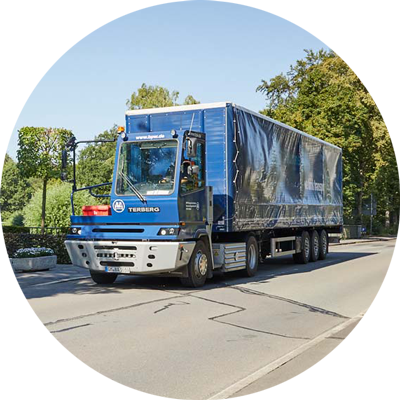
Green fleet
To charge the vehicles, BPW has installed 17 electric charging stations at the three plants in the region. Three new charging stations, each with two charging points, were added last year: They are stationed in BPW’s museum car park in Wiehl and can supply the batteries of up to six vehicles with green energy at the same time. By setting up the charging stations, the company is responding to the fact that more and more employees are switching to electric cars. The green charging station is also intended as a contribution to the expansion of the network with public charging points.
Truck fleet
2018
- Electric 22%
- Diesel 78%
2019
- Electric 22%
- Diesel 78%
2020
- Electric 22%
- Diesel 78%
2021
- Electric 22%
- Diesel 78%
Car fleet
2018
- Electric 17%
- Diesel 82%
- Petrol 1%
2019
- Electric 22%
- Diesel 78%
2020
- Electric (including hybrid with petrol) 24%
- Diesel 76%
2021
- electric and hybrid with petrol 45%
- diesel or petrol 55%
New building saves plenty of energy
WASTE MANAGEMENT
Almost complete recycling of waste
2018
%
Tonnes
2437 t non-hazardous waste
569 t hazardous waste
2019
%
Tonnes
1251 t non-hazardous waste
703 t hazardous waste
2020
%
Tonnes
1952 t non-hazardous waste
971 t hazardous waste
2021
%
Tonnes
1249 t non-hazardous waste
1074 t hazardous waste
WATER MANAGEMENT
Save water
As a specialist company in accordance with the Water Resources Act (WHG), BPW is permitted to carry out work on systems for handling liquids hazardous to water. Responsible persons and maintenance staff were trained again in 2021. In addition to the water protection officer, the company thus has additional well-qualified skilled workers directly at the plants.
The conversion from butt welding to friction welding could not be fully completed in 2021 due to the high order situation. But even the limited operation has already led to significantly lower consumption: In contrast to butt welding, friction welding can be done without cooling water and is therefore the more efficient process in terms of energy. With the complete changeover, water consumption will drop even more.
At the Brüchermühle plant, another industrial water well was put into operation. It is intended to relieve the two existing wells and decouple the cooling of production plants from electricity-intensive cooling processes. The water temperature is monitored within the approved framework and the water is returned to the nearby creek. Independent laboratories and government institutions confirm the effectiveness of the protective measures in regular inspections.
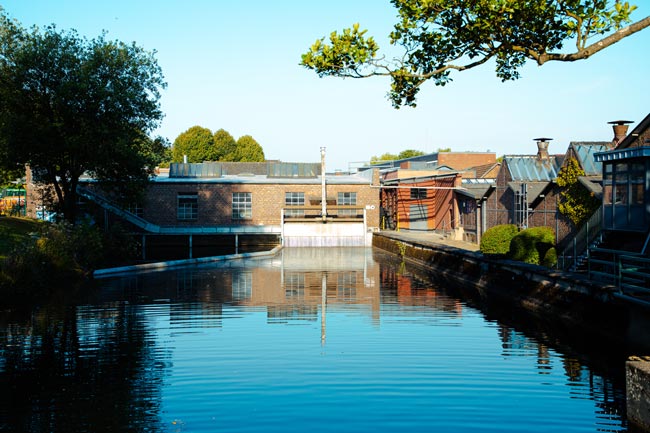
Water consumption
- 2018: 17.224.703 m³ 58%
- 2019: 339.018 m³ 1.2%
- 2020: 187.802 m³ 0.6%
- 2021: 148.027 m³ 0.4%
CONSERVATION OF RESOURCES
Recycled paper in the printer
BPW in Wiehl uses only recycled material as copier paper. Instead of wood-free and chlorine-free paper, only paper marked with the Blue Angel is used. This increases sustainability: per year, this measure saves around 24 tonnes of wood, 345,000 litres of water and five tonnes of CO2
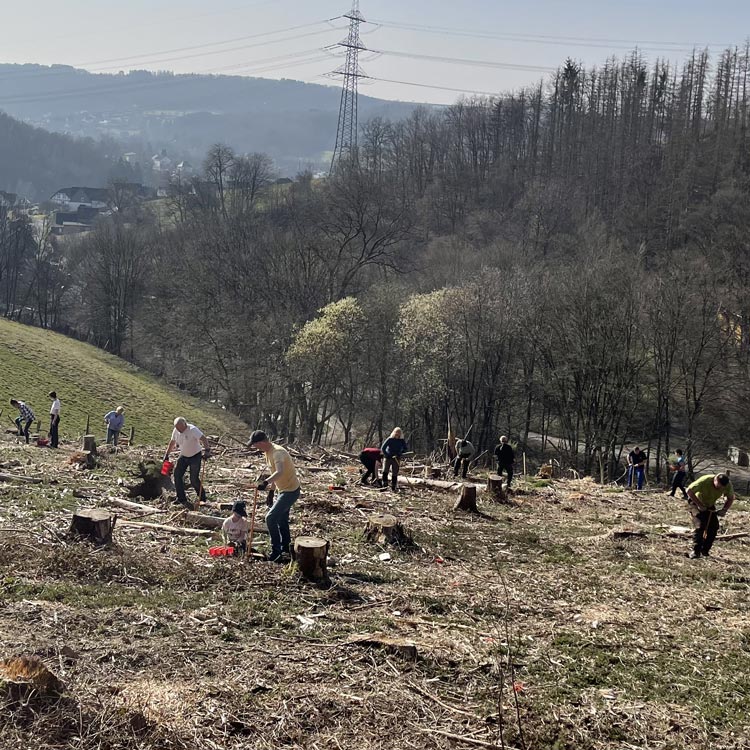
6,000 trees for forests in the region
A mixed forest is an optimal habitat for native animals and can withstand environmental impacts well. BPW has been involved in the reforestation of forests in the region for several years. On action days in autumn 2021 and March 2022, many hard-working helpers joined in to plant new trees.
In autumn, the employees, trainees and other helpers devoted themselves to the areas in the old Bremig that had been damaged by the bark beetle. Around 9,400 wild service trees, as well as sessile oaks, red oaks and black alders were planted there. In spring 2022, around 14,000 trees were also replanted near Monsau/Wiehl – this time Douglas firs, cedars, various fir species and larches.


